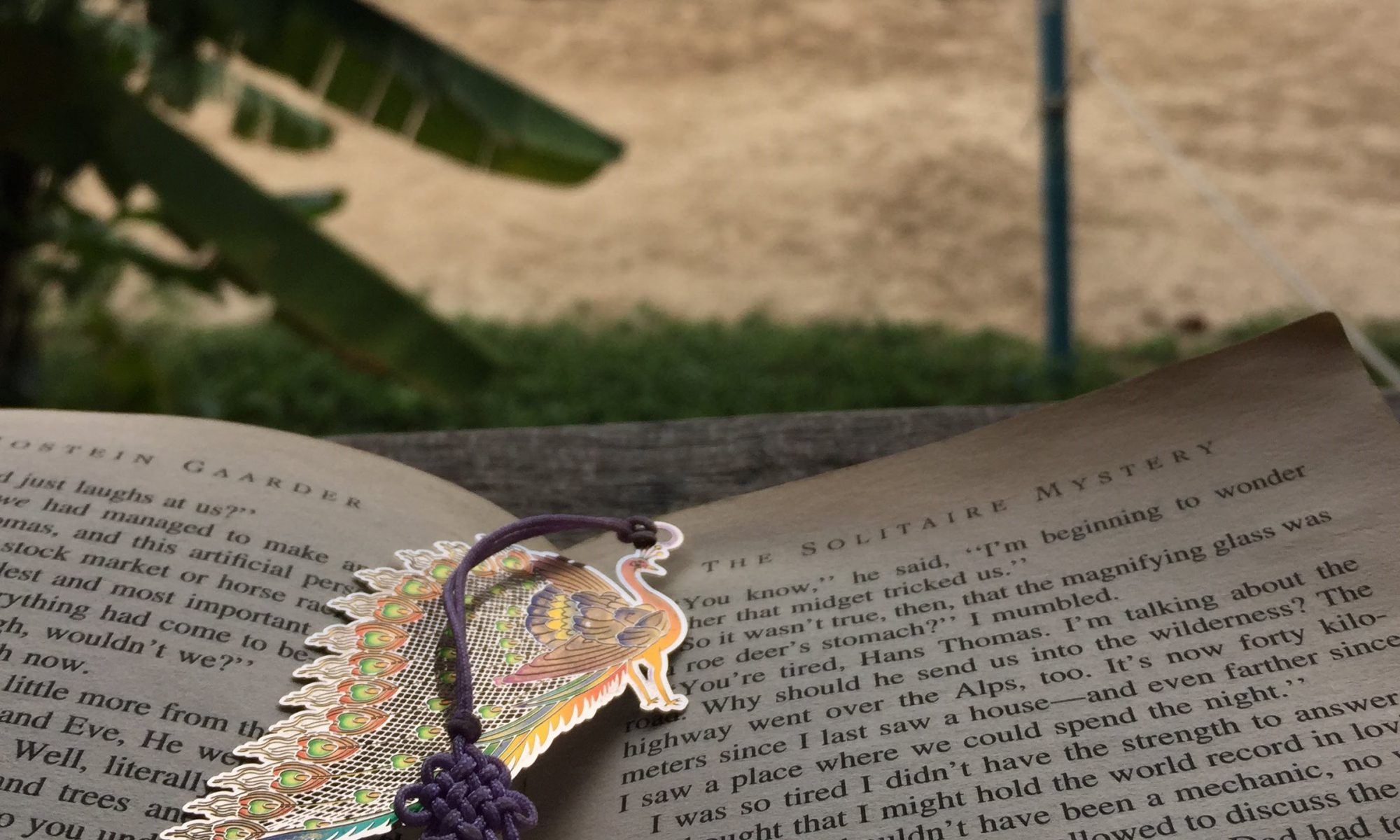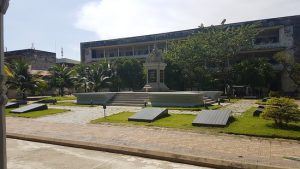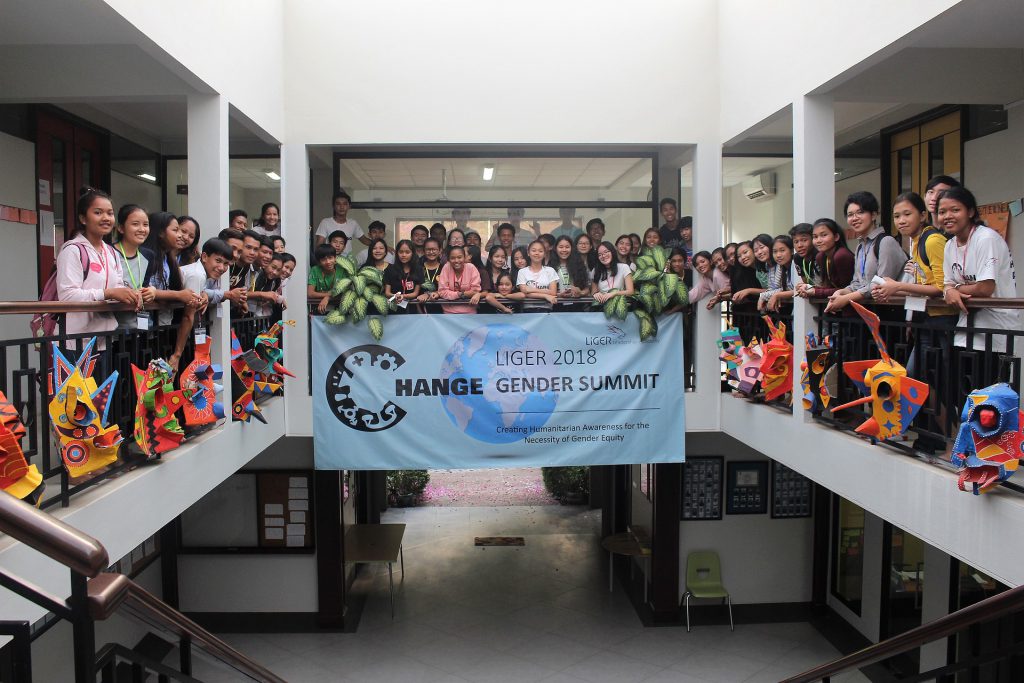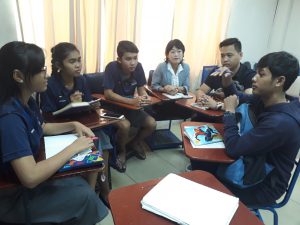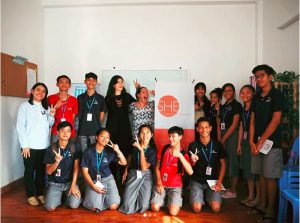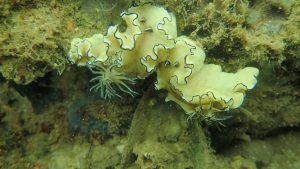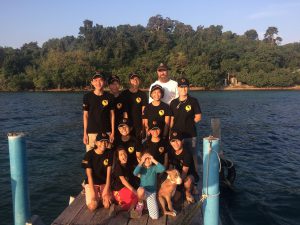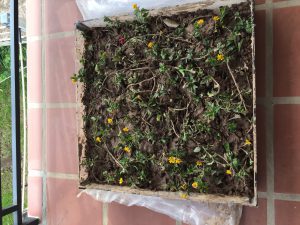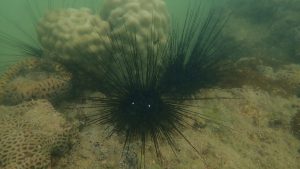Women in the STEM fields are usually ignored, and it is very important that we acknowledge them as we approach gender equity. As we heavily studied gender equity this term, in physics class, each of us researched about a woman in STEM of our choice. I chose to research about the influential Rachel Carson. Find out more about her with my writing below!
Silent Spring, the environmental science book about the negative effects of pesticide, was published on 27 September 1962. Rachel Louise Carson was the author of this book, and many other famous ones including The Sea Around , The Edge of the Sea, and Under the Sea Wind.
Carson was meant to be a writer; she started writing at a young age and won her first prize when she wrote her story for the St. Nicholas Magazine at the age of 11. As a teenager, she attended the Parnassus High School, and proceeded to Pennsylvania College for Women (Chatham University). With full scholarship, she shifted her major from English to Biology.
After succeeding University, Carson began her teaching career. In 1930, She taught zoology at Johns Hopkins Summer School. Later on in 1931 to 1932, she taught at the Dental and Pharmacy School, University of Maryland. She aimed to pursue PhD at Hopkins Marine Biology, but due to lack of finance during the Great Depression, she abandoned school.
To earn financial support for her family, Carson wrote 52 radio programs for the series “Romance Under the Waters.” In 1936. She was employed by the Bureau of Fisheries in the Department of Commerce as a junior aquatic biologist. At the same time, she started freelance writing and earn minor income.
Between mid 1930 to early 1940s, Carson has written articles and a book. In September 1937, she published her article “Undersea” in Atlantic Monthly. In between 1938 to 1939, she worked on her book Under the Sea-Wind. In the following years, Carson had written many papers and articles to many publishers, some of which are turned down.
In 1958, she started her book Silent Spring. This particular book was inspired by her friends from Duxbury, Massachusetts. This friend wrote a letter to The Boston Herald regarding the concern of bird dying because of pesticide spraying. She sent a copy of the letter to Carson.
Silent Spring took four years to complete. It included examples of adverse effects of DDT on the environment. Rachel Carson criticized the United States Department of Agriculture for spraying pesticide to kill fire ants. She stated they didn’t consider the negative effects it has on the environment. This book is a big accomplishment for her as well as the environment of the US. The government banned DDT because of her book. In addition, the creation of the Environmental Protection Agency was because of Silent Spring. On August 1962, this book was recognized by President John F Kennedy in his speech.
At the age of 57, Rachel Louise Carson passed away due to breast cancer.
Sources:
https://www.biography.com/people/rachel-carson-9239741
https://www.womenshistory.org/education-resources/biographies/rachel-carson
